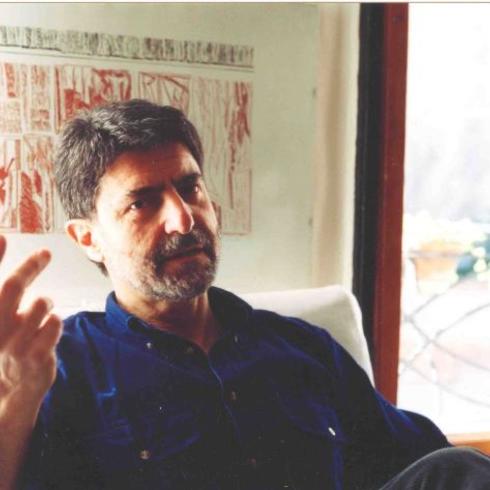
" Fonofania "
For orchestra and children's choir
Ricordi
SÉLECTION 2014
- Nominated for : The Musical Composition Prize 2015
- Nominated for : The Young Audience Prize 2015
WORLD PREMIERE
10/5/2013: Biennale de Venise. The Orchestra del Teatro Communal of Bologna - Dir. Roberto Abbado
NOTES
Fonofania: neologism indicating the Epiphany, the appearance of the sound, its magic demonstration. Appearances of instrumental and vocal sounds.
Lallation: Childish prattling, the articulation of the first words, the other magic of which the man is able.
The children’s choir, arranged to encircle by the back the listeners, highlights the first childish sounds, the phonemes, the articulations, where each syllable of languages is associated with another invention, at the time of the “miracle” made by all the people of the world, even those which cannot have been able to invent the plane or the laser, but who created their own language, which involves billion words.
The mouth, as “sound laboratory” able to articulate sounds in an innumerable ways.
The oeuvre continues the exploration of the Ambrosini’s fundamental questions already evoked in his operas: Big Bang Circus (Order from Biennial Musica, 2002), and “il Killer di parole” (Teatro Fenice, 2010).
Interview with Claudio Ambrosini by Massimo Contiero “Il Mattino di Padova”, October 5th, 2013 (extracted)
“Fonofania”, a new word?
I created this neologism to give the idea of a revelation, an appearance of the sound which emerges from silence, or perforates it. For me, the sound is always something magic, a vision which occurs during briefs moments, like the fireflies’ light.
These new sounds are like the lightning, then?
All new and very rapids, but at the same time they are in the continuity of the research initiated with the cycle of oeuvres to which belonged “Il killer di parole”, presented at La Fenice in 2010. It treats of the disappearance of languages from the communities most vulnerable or isolated as well as the general homologation of the dominant languages.
Only, this time, there is also a children choir, which gives place to a “prattling”, this preverbale language that Zanzotto spoke about. The prattling that the child makes before learning how to speak.
In “Killer di parole” I was worried by the death of languages, in this oeuvre, I am interested in their birth. I start from basic sounds that we all make during the first months of our life and that we find everywhere. Like the “m”, which is born from the movement of the lips when the small child suckles the breast of his mother. These are the basic phonemes from which were born, by combining them in innumerable ways, all languages of the world. Each language is a wonder of creativity and, indeed, like says it is said in the last line of the refrain: “To speak is to fly”.
Does the chorus sing on stage?
No. The singers are laid out in a U-shaped arrangement behind the public to reach the listeners from far behind. But coming from the children, this song is projected at the same time ahead, towards the forthcoming, as a reality which is propelled towards our future.

